Creating Great Places in Small Countries
Returning from speaking at a property conference held by the Penta Group in Bratislava, the relatively unknown capital of Slovakia, and a weekend break in the famous city of Vienna, offered the opportunity to reflect on what makes a great city, and how to make cities affordable to all.
Bratislava: big small city
With a population of only 460,000 out of a national total of 5.4 million, it is astonishing how much Bratislava offers a visitor. The city is very well connected, with its own airport with services by Ryanair, as well as with the fine new airport at Vienna midway between the two cities. Vienna is also linked by motorway and train and so is only an hour away, which should help tourism. Located on both sides of the Danube, everywhere seems highly walkable, and looks in good condition. Some great new developments, such as the mixed use high density Riverpark where we stayed, or the Eurovia shopping and residential complex, look out the river.
But the real surprise is the extensive Old Town, which is pedestrianised, and has an amazing variety of buildings. Up on the hill stands the Castle, rebuilt since the fire in the 1950s, with superb views out across the river to the post war system built development of Petrzalka, where some 150,000 people live, possibly the largest of its kind in Europe. This policy of building fresh settlements probably saved the historic centre from redevelopment, and living in the inner city is now very popular. The system built flats have been colourfully painted and house a wide range of people, many of whom have moved in from the country, and now own their own home.
National pride since Slovakia became independent from the Czech Republic in 1993 has helped create a good range of attractions. Sensitive restoration and good interwar buildings by the Slovenian architect Josip Plecnic, plus an abundance of statues of notable people, give Bratislava a distinctive feel. Everywhere there are signs of investment (though graffiti on the walls of recently painted buildings in the inner city suggest that not everyone is happy).
A trip out to Danubia, an astounding art gallery on an island some 20 miles away, made one appreciate the cultural connections with other Slav nations, and the area’s rich history as part of one Empire or another. Though relatively poor by EU standards, Slovakia has benefited from new car plants that have taken advantage of low labour costs. The capital has grown fast, and like Athens has benefitted from all the new construction, but without apparently getting into the same level of debt.
Making connections
A big issue is where to house the growing population, with first-time buyers looking to move on Car ownership and usage has risen fast, as the city sprawls over a very large area. However Bratislava enjoys a fine public transport system with nine tram lines, ten trolleybus routes, and buses everywhere. A new bridge will soon connect Petrzalka with the central tram system. Strong arguments were presented at the conference in favour of people living at high densities close to the centre, as American research suggests that 14% of GDP is lost due to commuting, which also leads to higher divorce rates! But the Penta Group is also developing a whole new settlement on the edge of Bratislava, where currently they own an out-of-town shopping centre.
The Penta Group is unusual in the range of functions carried out by its 200 strong property division, ranging from design and construction to management, and has a portfolio of 367 million euros of projects. As well as in Bratislava it is also promoting major projects in Prague and Warsaw. The Group benefits from owning banks and health care providers, so that with over 30,000 staff in all it is able to weather the ups and downs of the property market.
Penta’s annual conference is an opportunity for bringing staff from different countries together and sharing research and ideas. There were superb presentations on the benefits of living at high densities as well as the need to enable neighbourhoods to evolve, like life itself. We also heard from Michel Mossessian, a French/American architect based on London, on experience in Dohar, and about a new town on the sites of the old Vienna airport from the Chief Executive of the development company. My own presentation on new garden cities brought home how important it is to learn not just from the mistakes of the USA but also from good practice throughout the rest of Europe.
Aspern: a model new urban habitat?
Under construction on a 240ha airfield that closed in 1950, Aspern is halfway between Vienna and Bratislava, and just off the motorway. The plan was agreed in 2007 and development started in 2013. The masterplan proposes 10,000 new homes for 20,000 people and a similar number of jobs, with currently 2,000 people working there. The heart of the development is a 4ha lakeside leisure area, which is 8-10 metres deep, and the excavated materials were reused to reduce lorry movements into the site.
The development is being undertaken by a joint venture between the government who own the site, the Vienna Business Agency and the Vienna Insurance Group, with a team of 20 people. Vienna is exceptional in holding house prices down through the City’s role in providing housing, which it subsidises by 3-400 million euros a year. Vienna’s population of 1.8 million is almost back to its peak of 2 million in a country of 8.5 million, and is one of the most popular destinations in the world.
A recent OECD report on Local Economic Leadership explains that 60% of households live in subsidised apartments and about 80% of newly built housing is publicly subsidised The City owns around 230,000 apartments which house nearly a quarter of the population. A Land Procurement and Urban Renewal Fund sells or rent land to some 30 housing cooperatives who oversee most of the new housing. The market power of the Fund helps keep prices reasonable, as private landlords must compete with social housing for the same tenants.
Vienna: a great European city
When the walls of Vienna were pulled down in the 1860s to create the Ringstrasse, rich families vied with each other to build virtual palaces in what became the capital of the Austro-Hungarian Empire. Artists like Klimpt benefited from wealthy, and often Jewish, patrons. The city established a world-wide reputation for good living in terms of art, music and food that still stands. The city has also managed to adapt to change without losing its special qualities, and is designated a UNESCO World Heritage Site. Its extensive tram system undoubtedly helps, and there are underground lines as well as a fine new central station and airport terminal
Buoyed up by its top scores for quality of life in international surveys such as Mercers and the Economist Intelligence Unit, the city has attracted international offices, including many UN organisations, making it very cosmopolitan. The city was classified as the most prosperous city in the world by UN Habitat and also is one of the top cities for innovation. Like Bratislava, the centre is very walkable. But instead of new shopping malls, the large main streets have been pedestrianised, creating an experience unmatched by any other city I have visited. Many of the huge palaces are now museums and galleries. A Museum Quarter has been taken over by architects, along with the new Leopold Gallery that houses a private collection of Shiele’s work.
Conclusion
What is striking about both Bratislava and Vienna is the quality of life that capital cities in small countries can offer. By providing a combination of high connectivity and affordable housing, helped by strong municipal leadership, they have avoided the extreme inequalities that plague mega cities like London, New York or Delhi. At the same time through joint ventures with private companies they are building both better and faster than we are. Furthermore, perhaps the close connections, as with Malmo and Copenhagen, are working to stimulate ever higher standards?
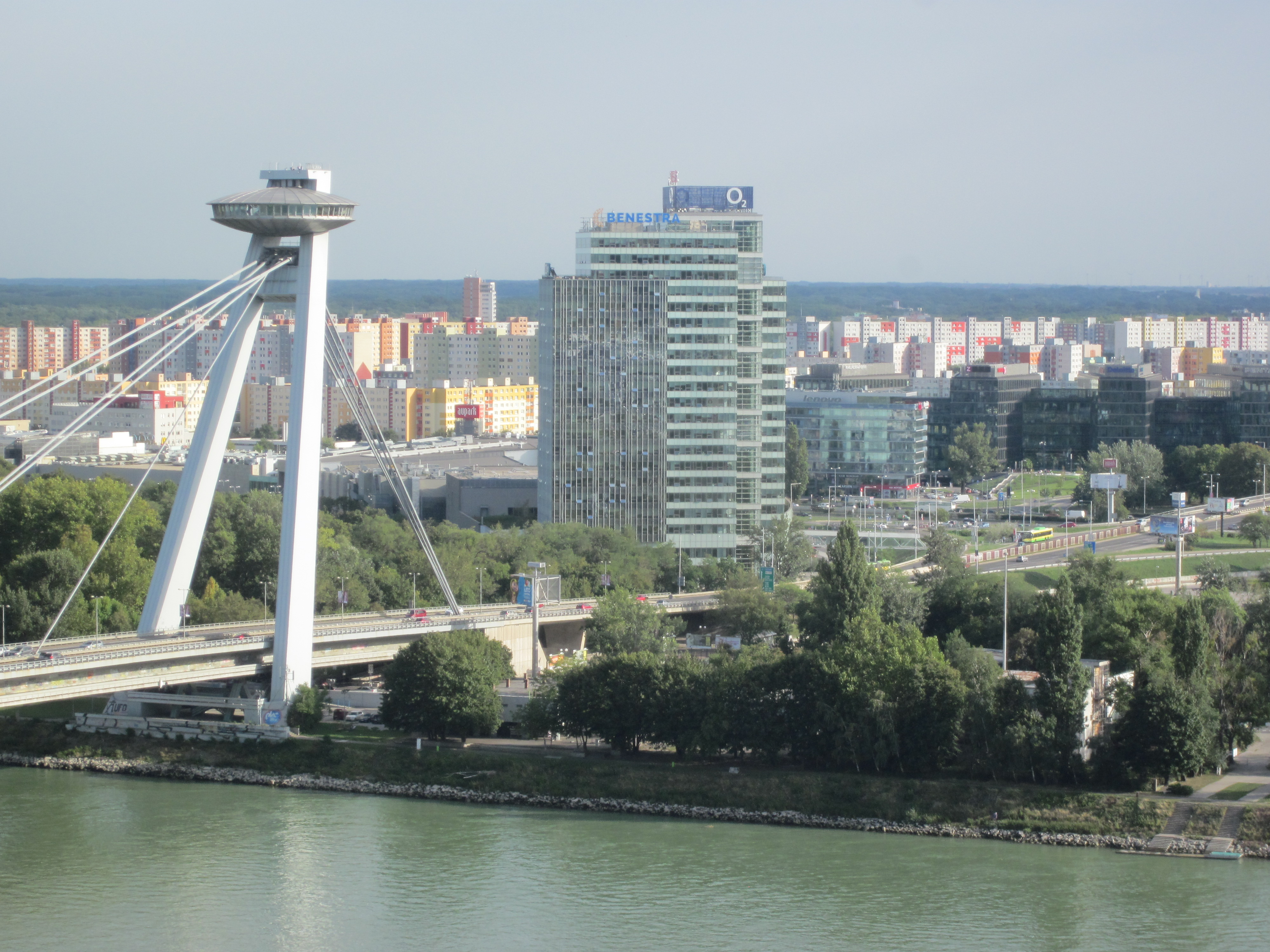
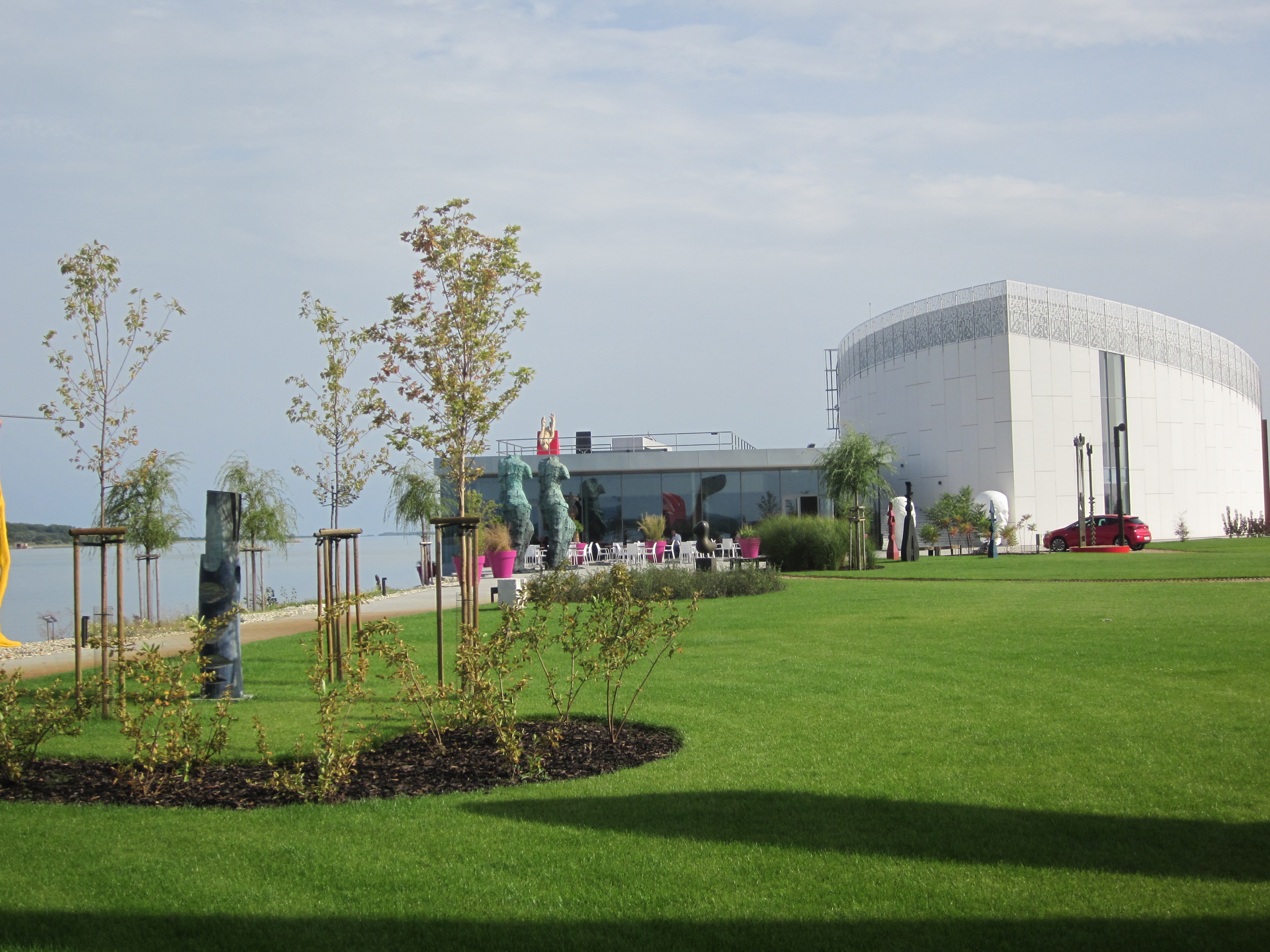
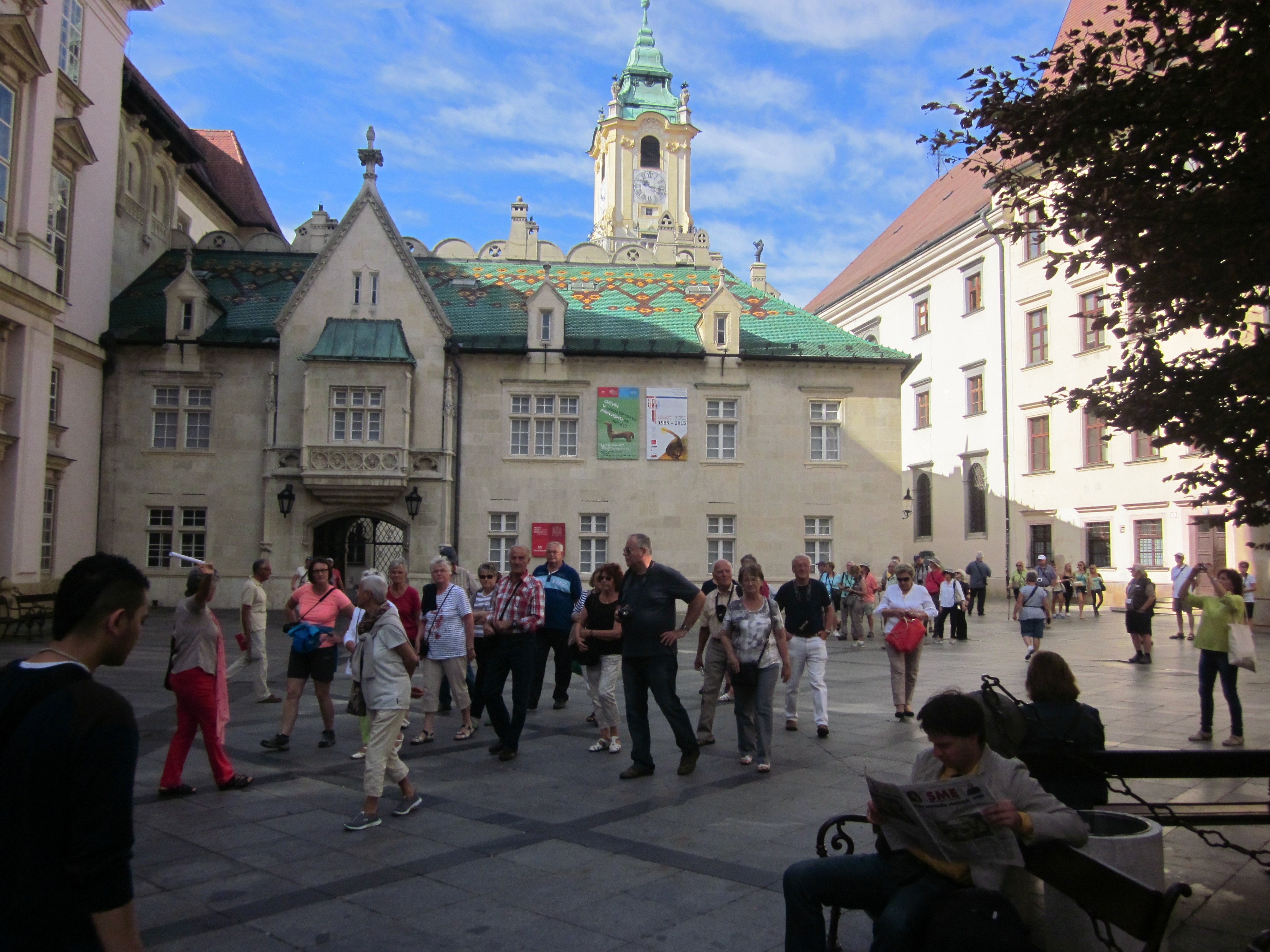
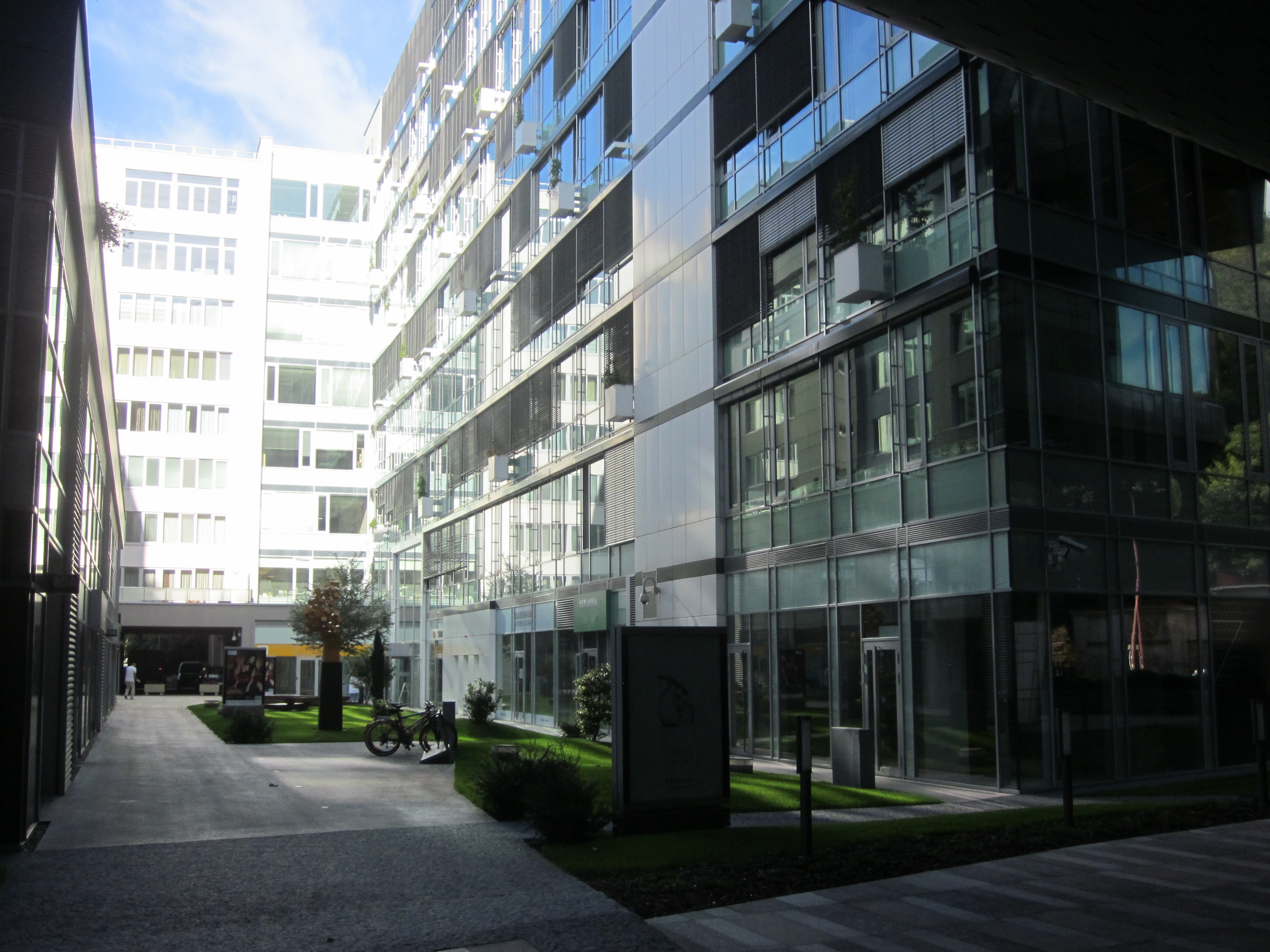
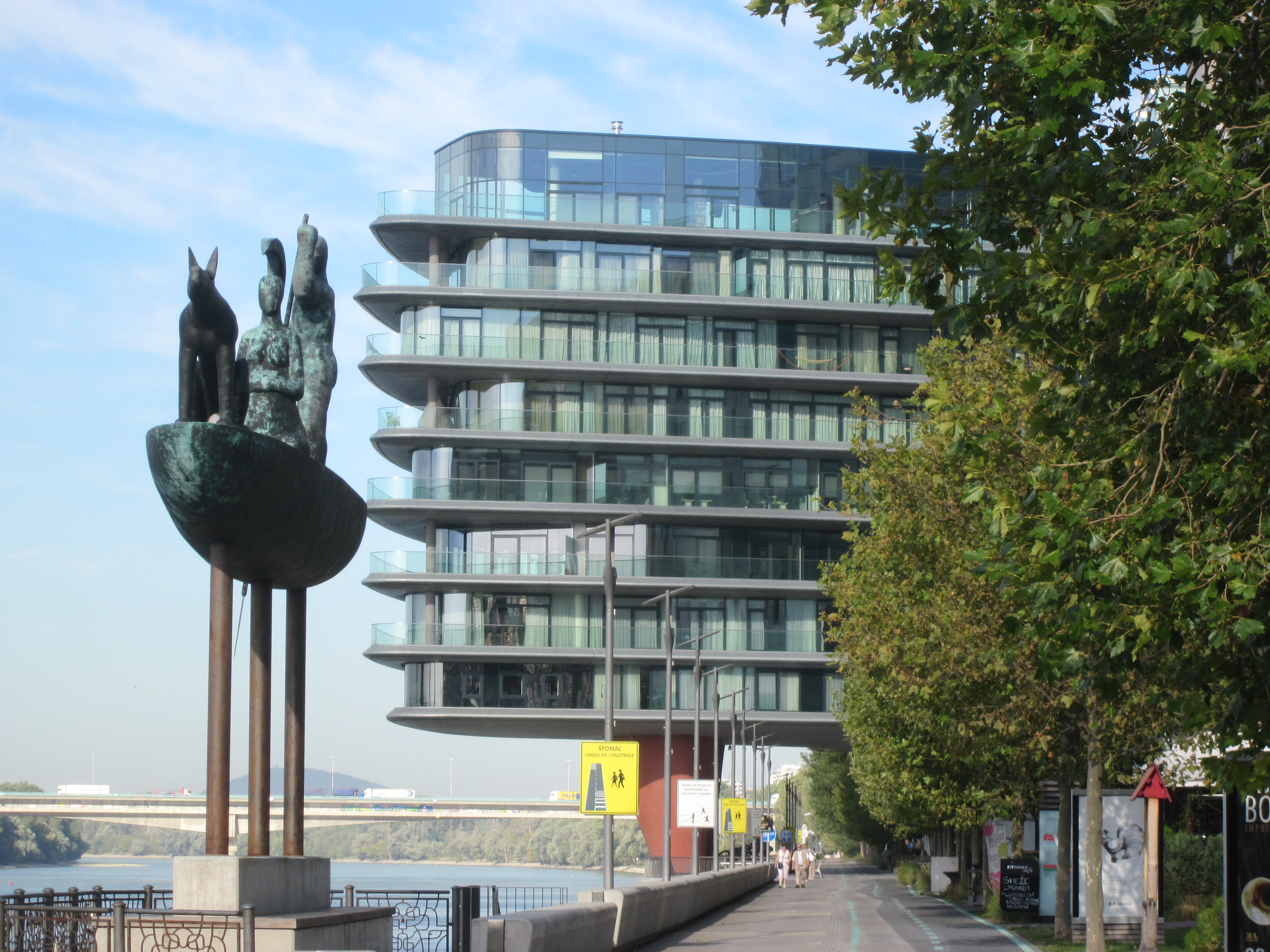
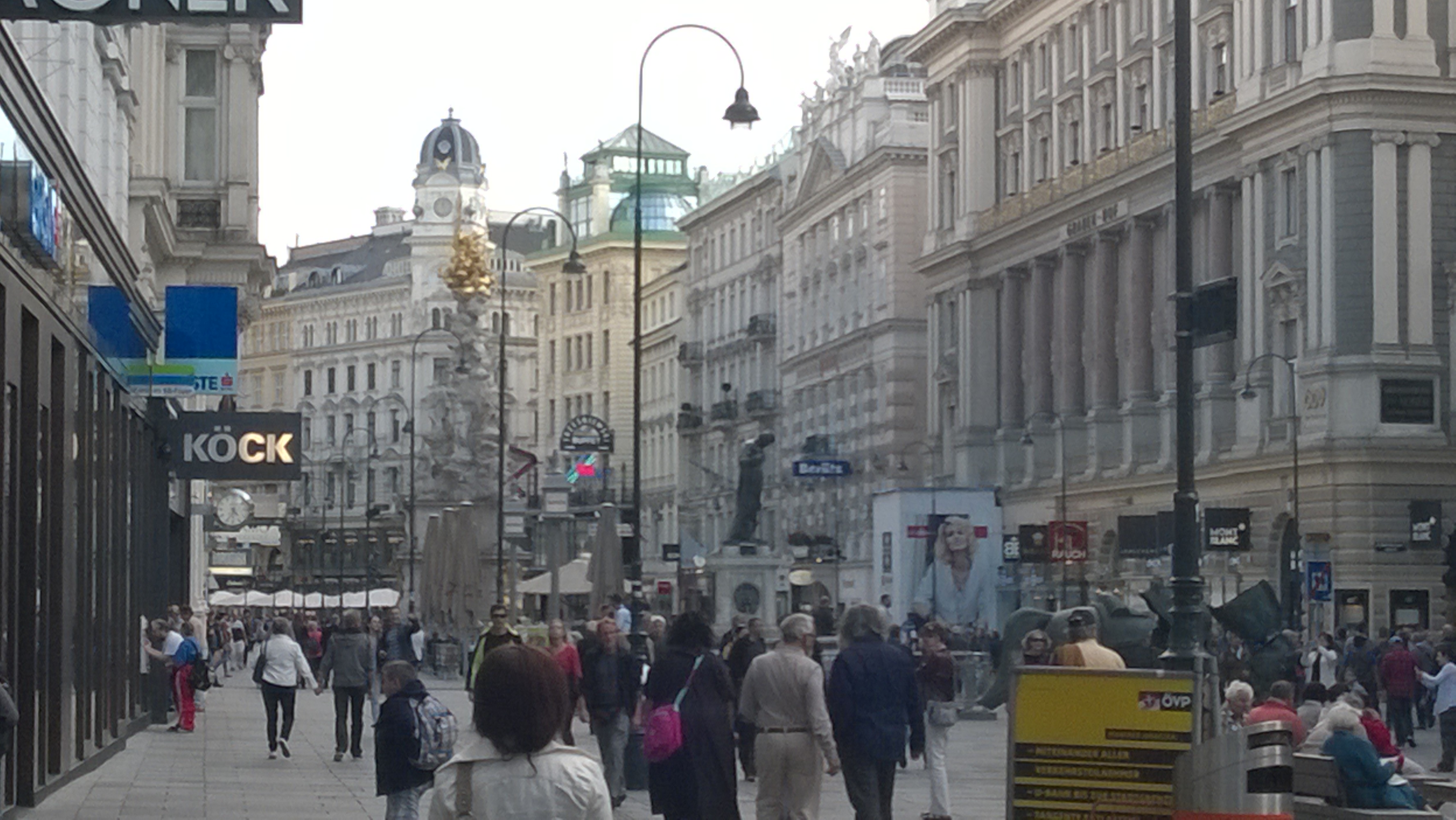
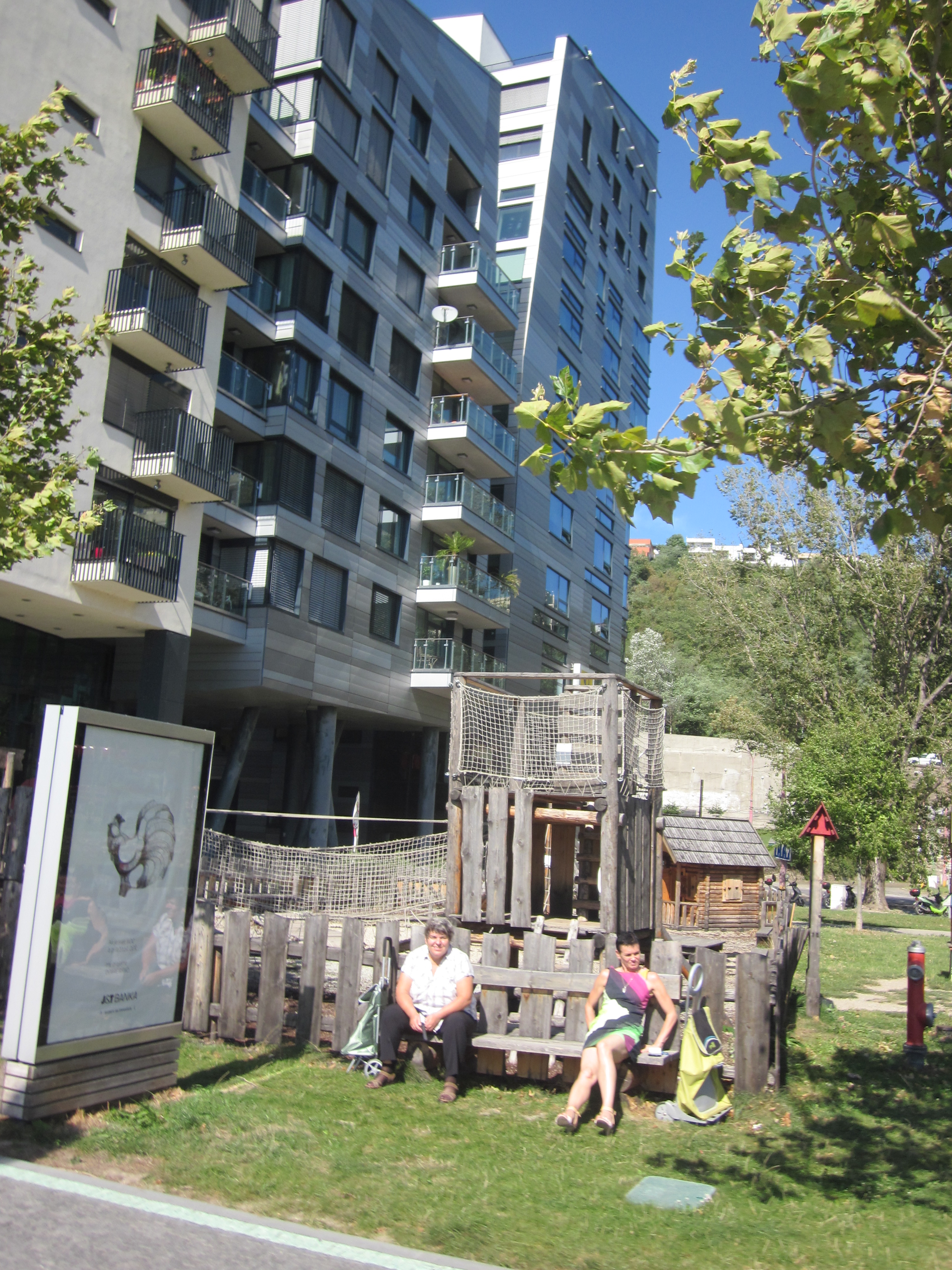
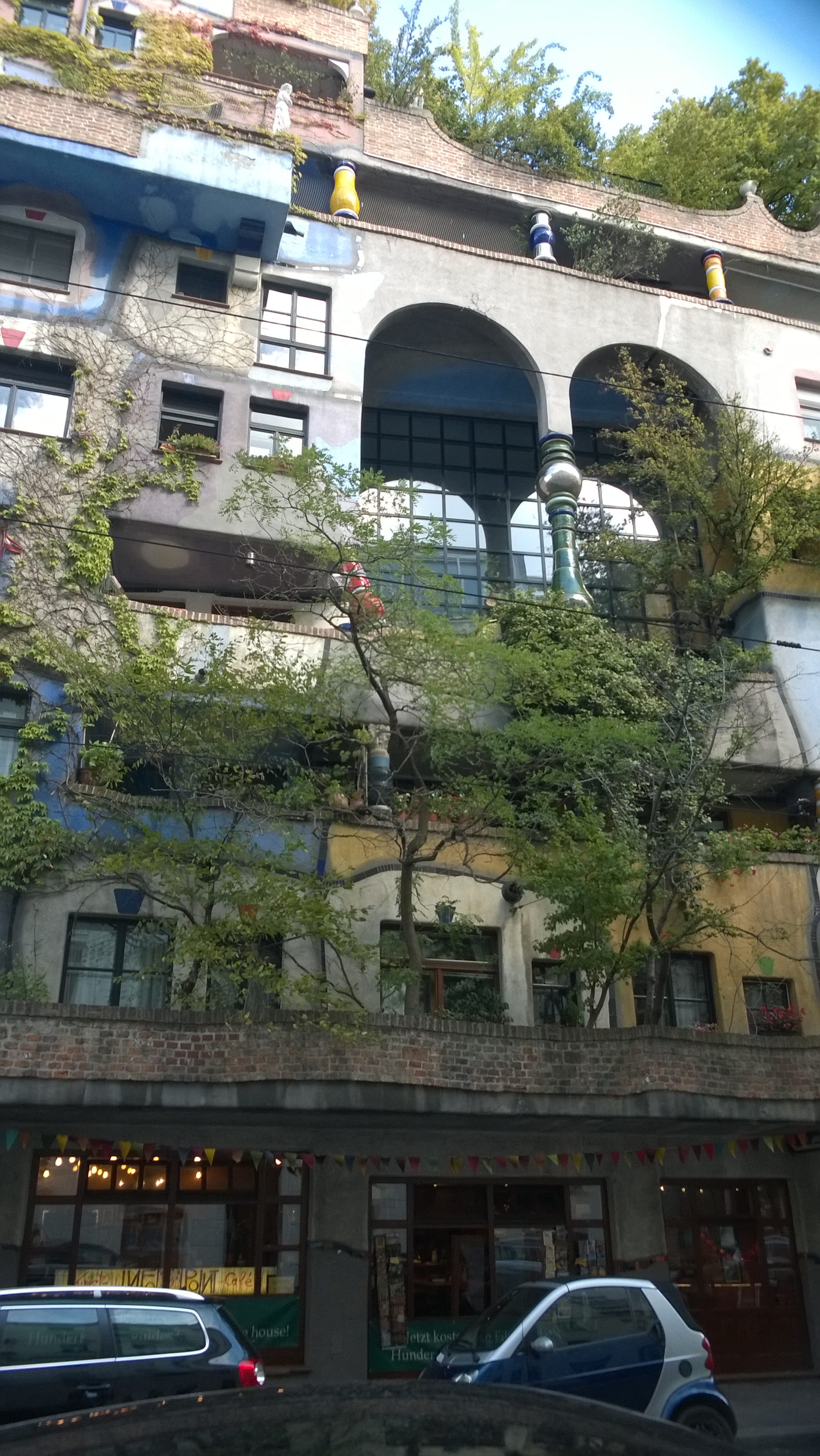
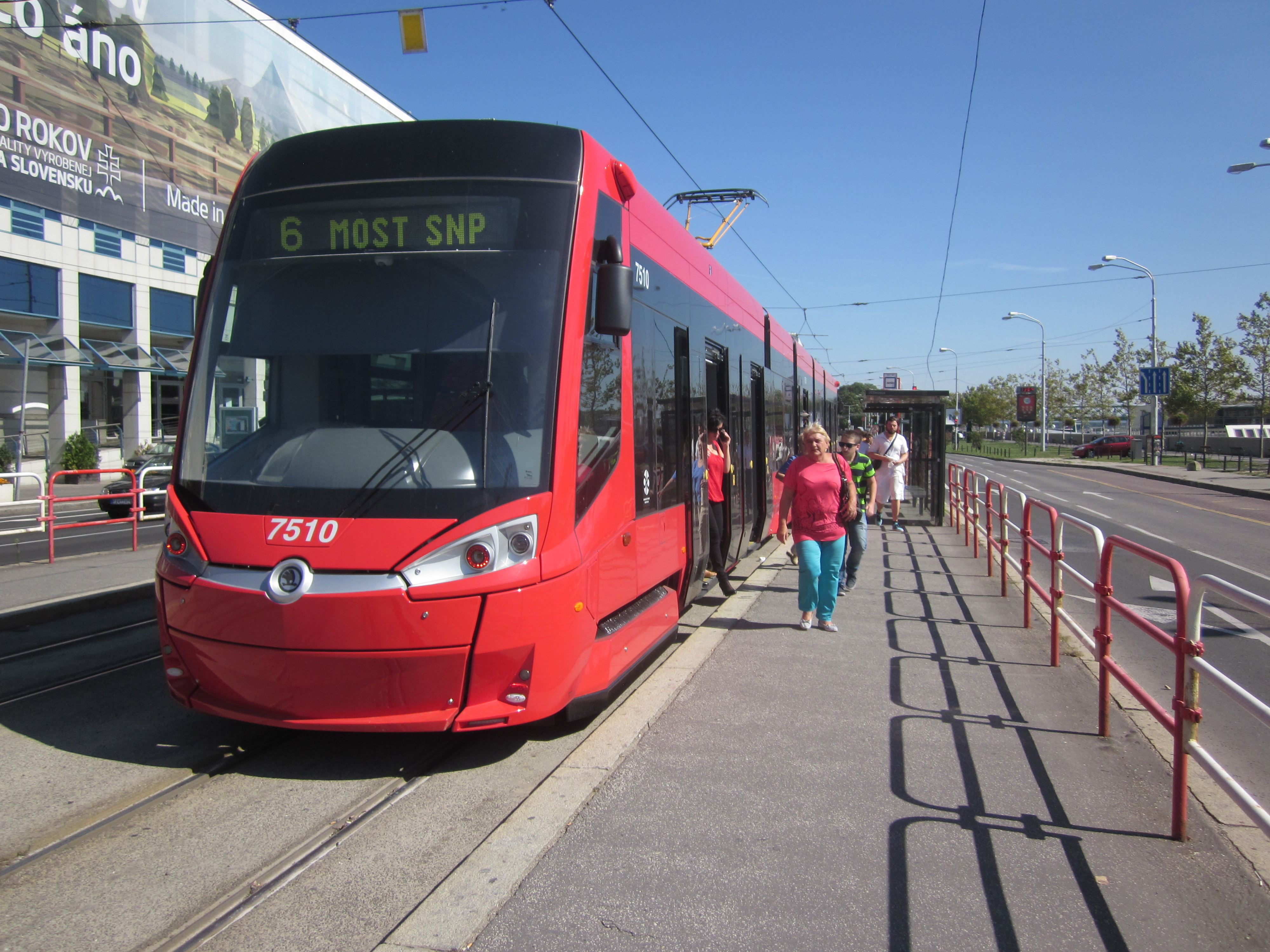
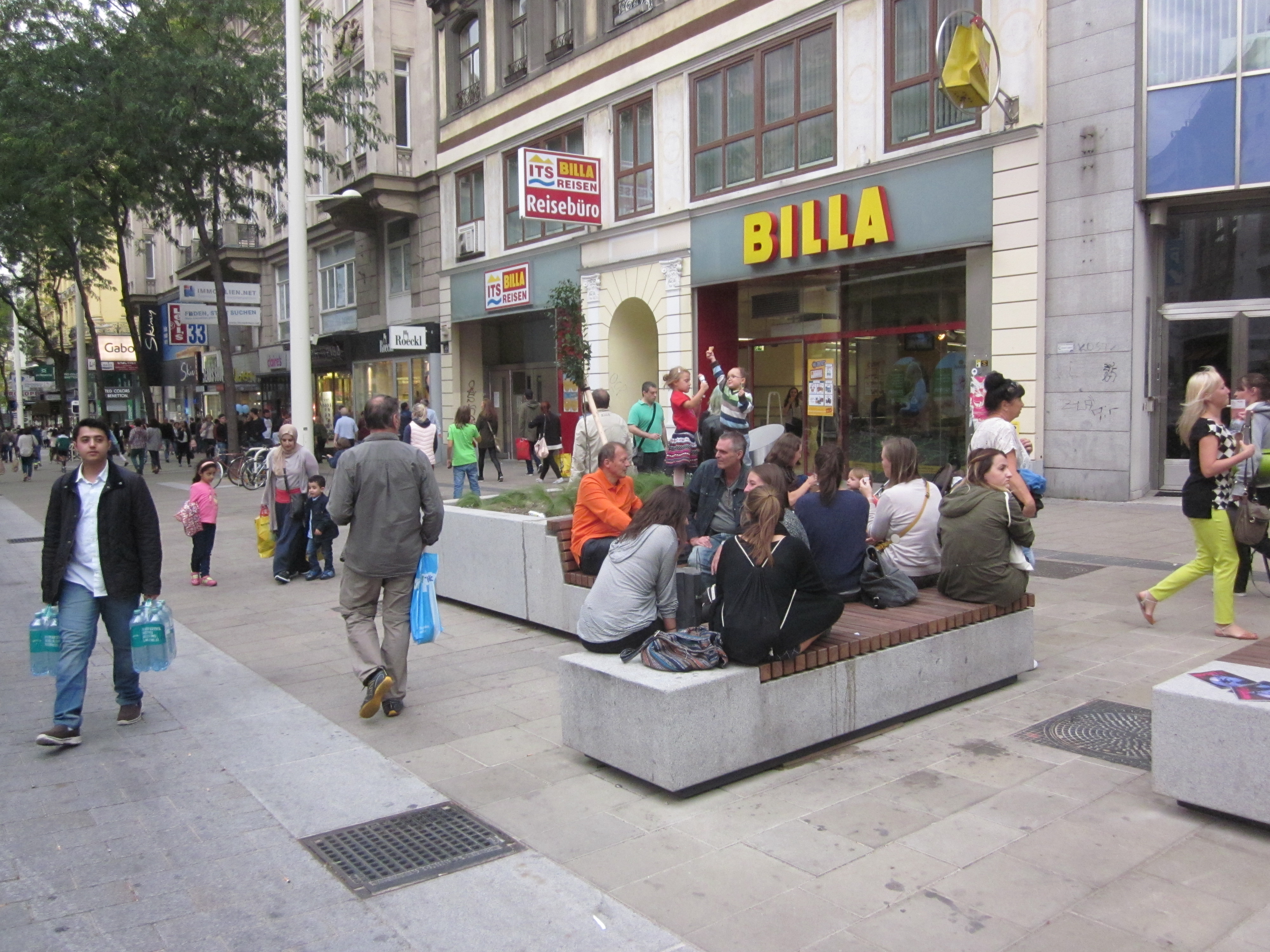
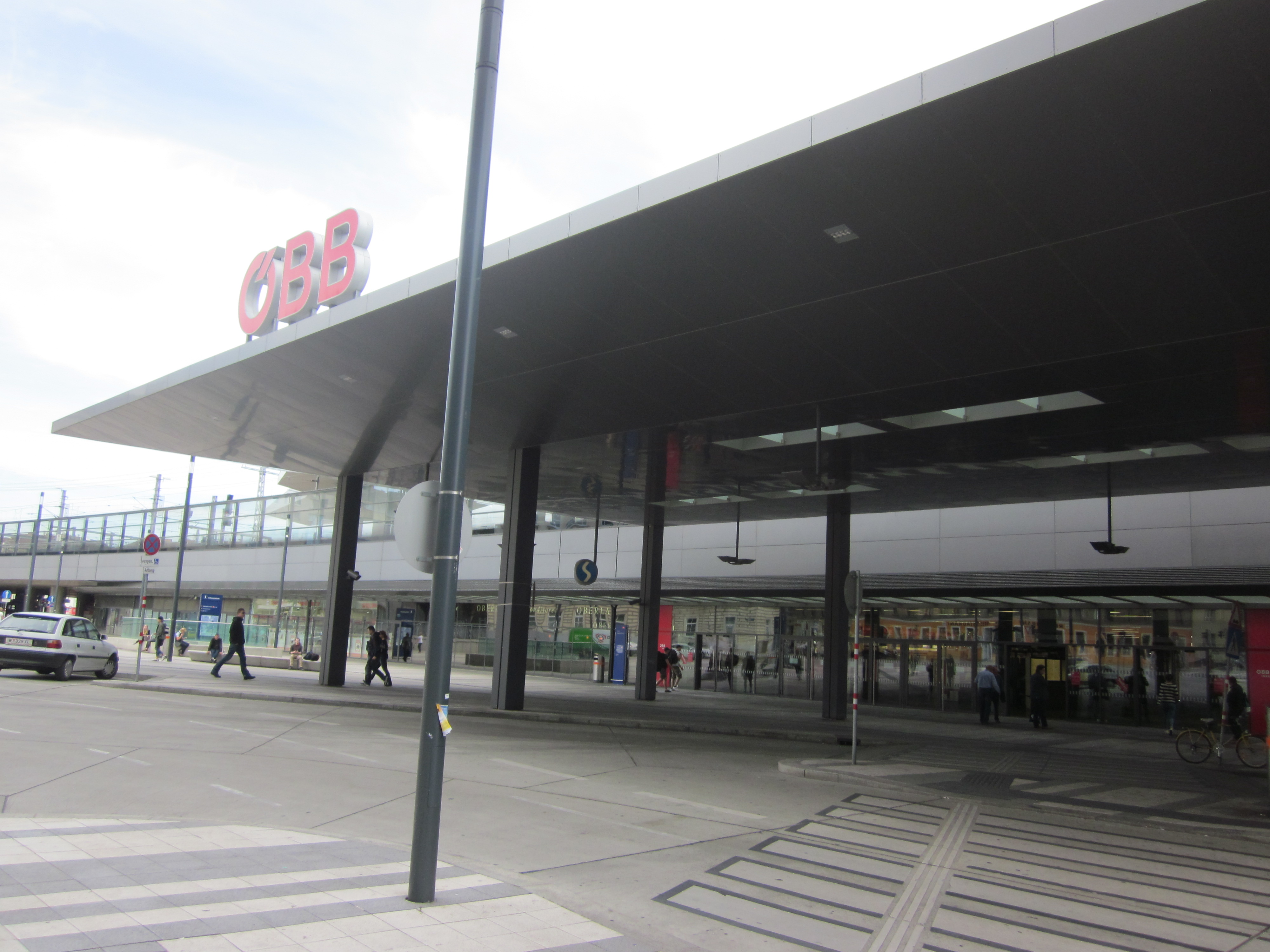
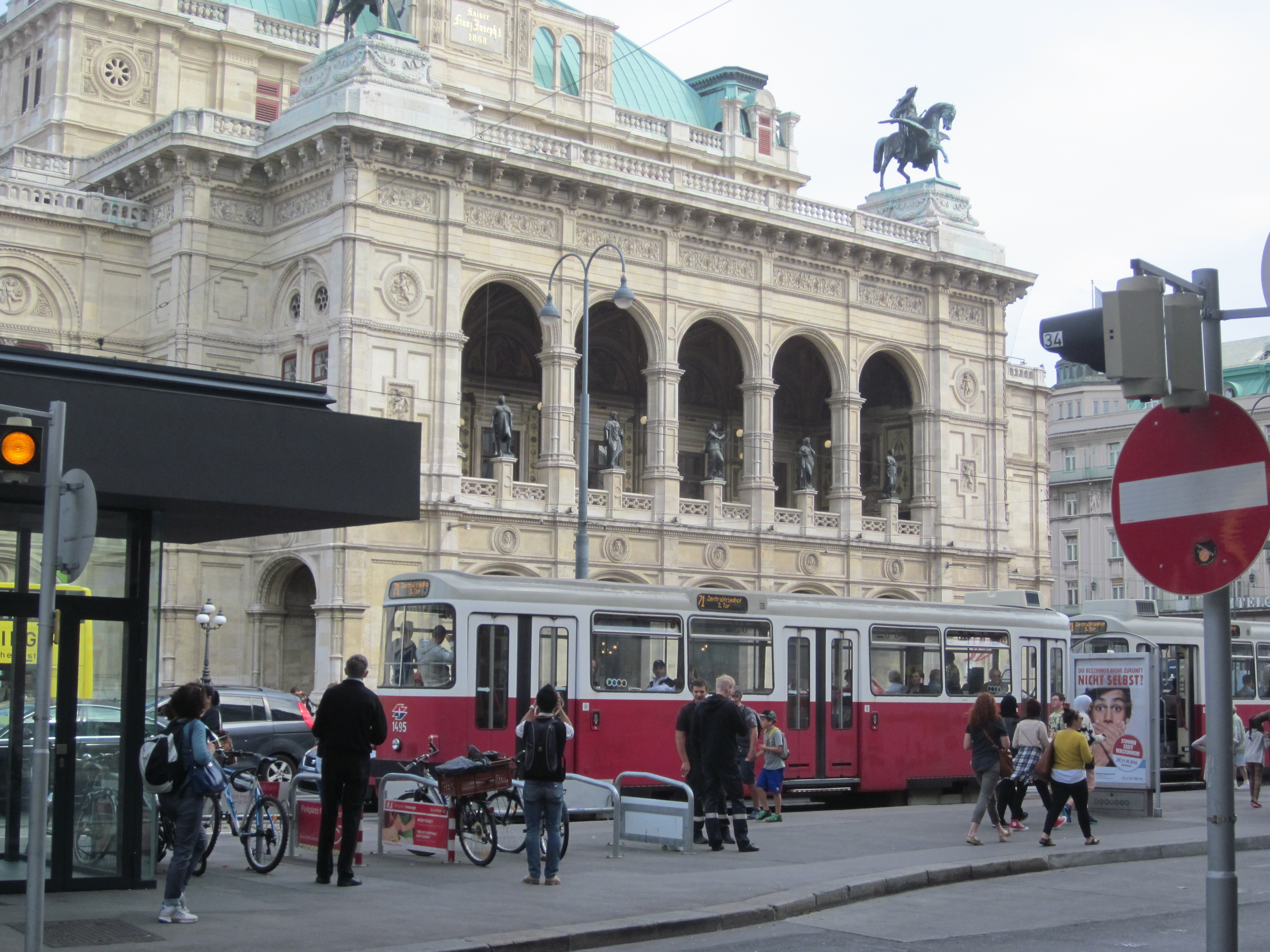
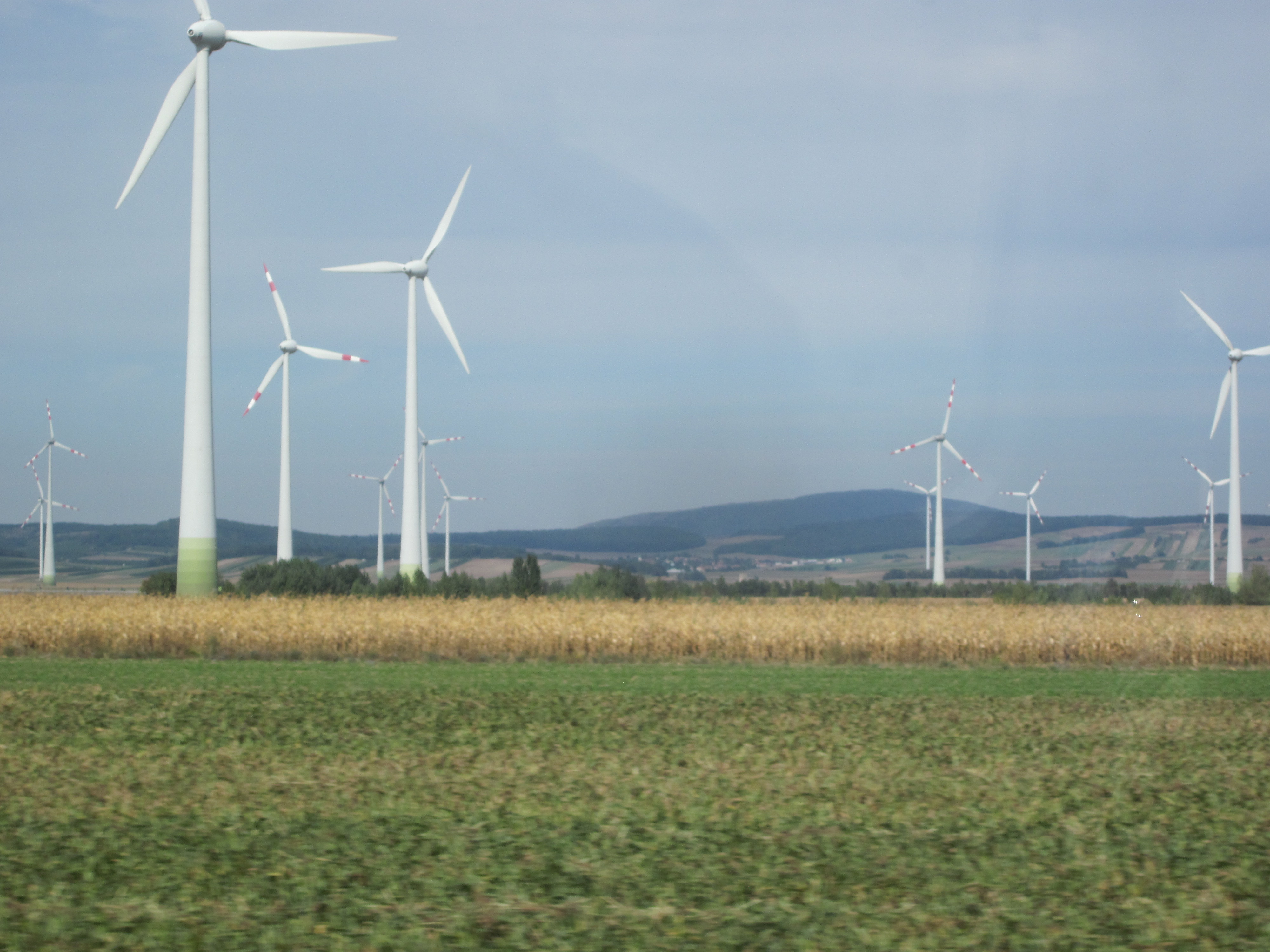

Brilliant and positive notes Nick : let’s have another breakfast soon. Let’s talk CLT and CPOs and getting free land for affordable housing!
Sent from my iPhone
>